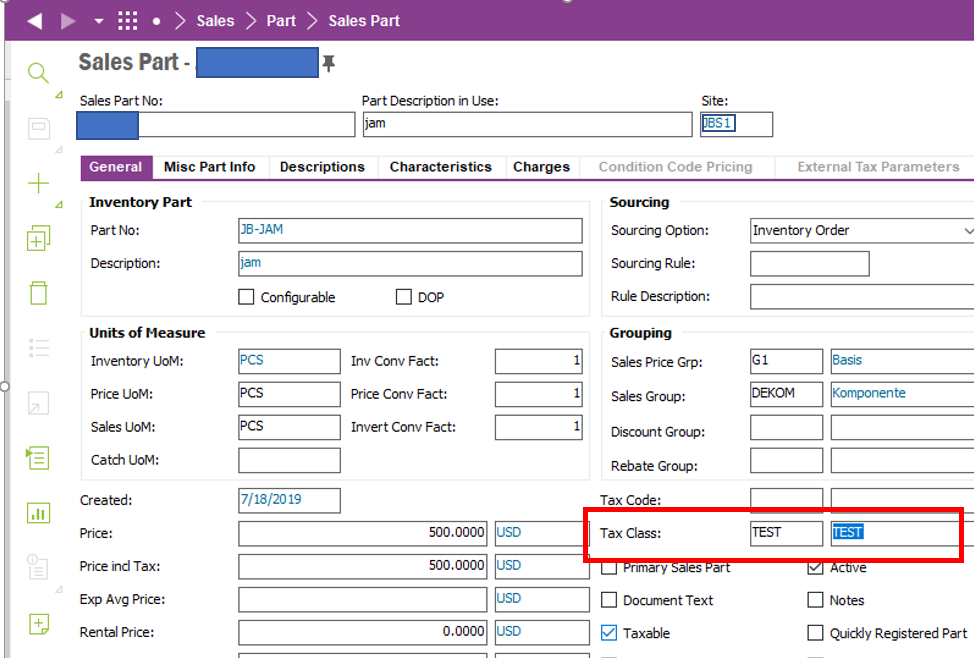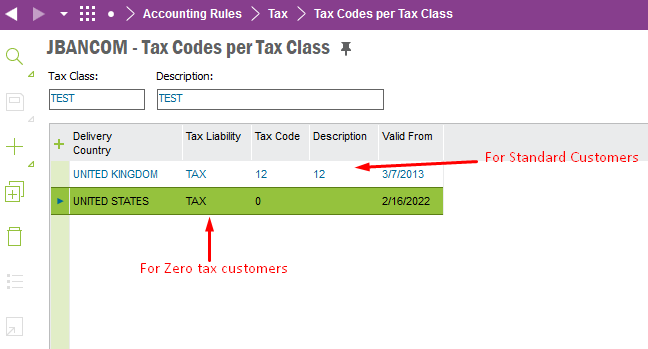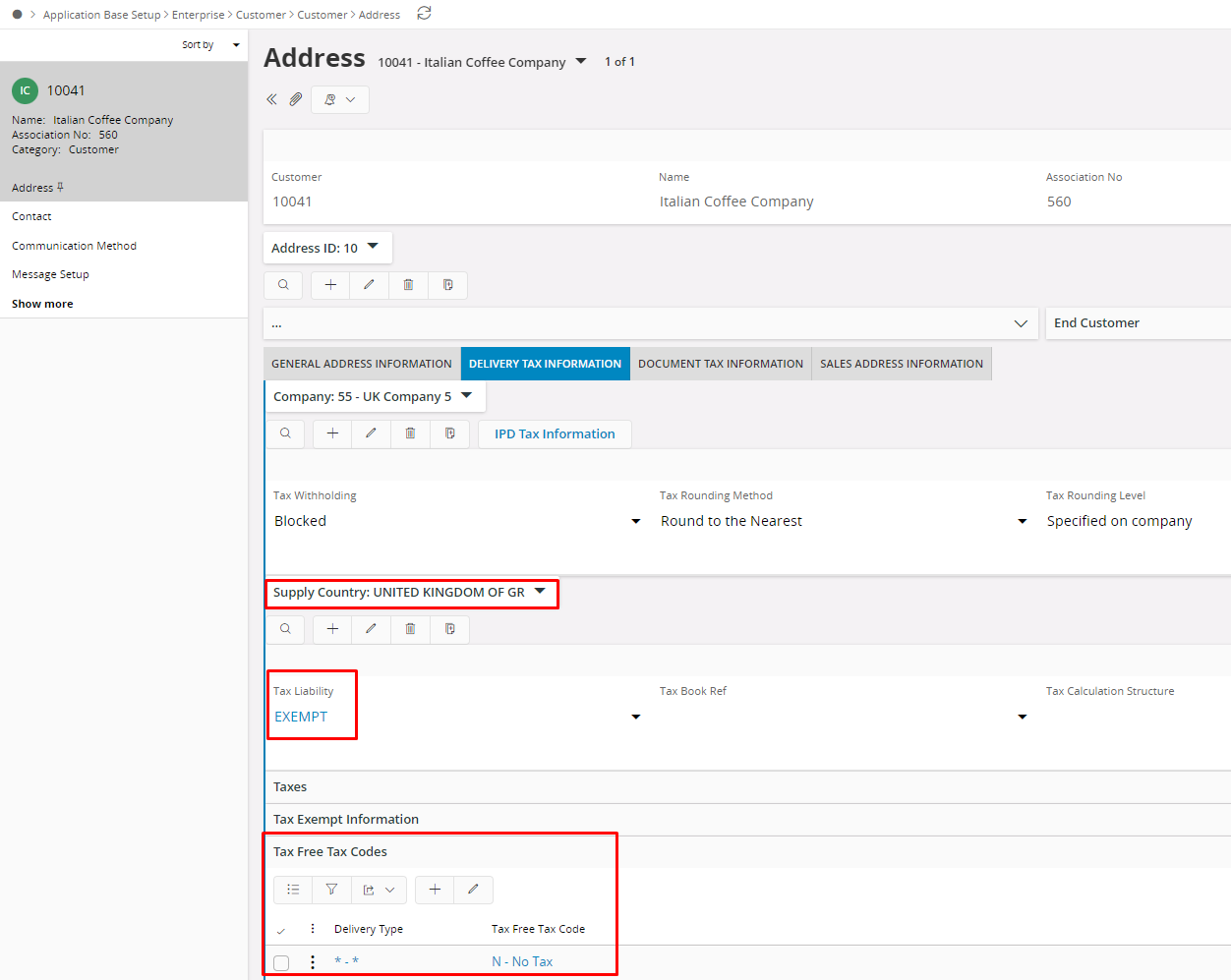I’m using IFSAPP10.
Most of our sales parts are zero-rated for VAT, but we have a few that are standard rate.
Most of our customers are based in the UK, so have their Tax Code set to standard rate in the Customer screen, but we also export to some EU customers, who have their Tax Code set EU rate 0%.
When raising customer orders, the sales part tax code always seems to supercede the customer tax code. This works well when selling zero-rated sales parts. However, when we raise EU customer orders for standard-rated sales parts, this presents a problem because they appear with 20% VAT, when we need to invoice EU customers with zero VAT.
Can anyone suggest a solution?
Many thanks.








